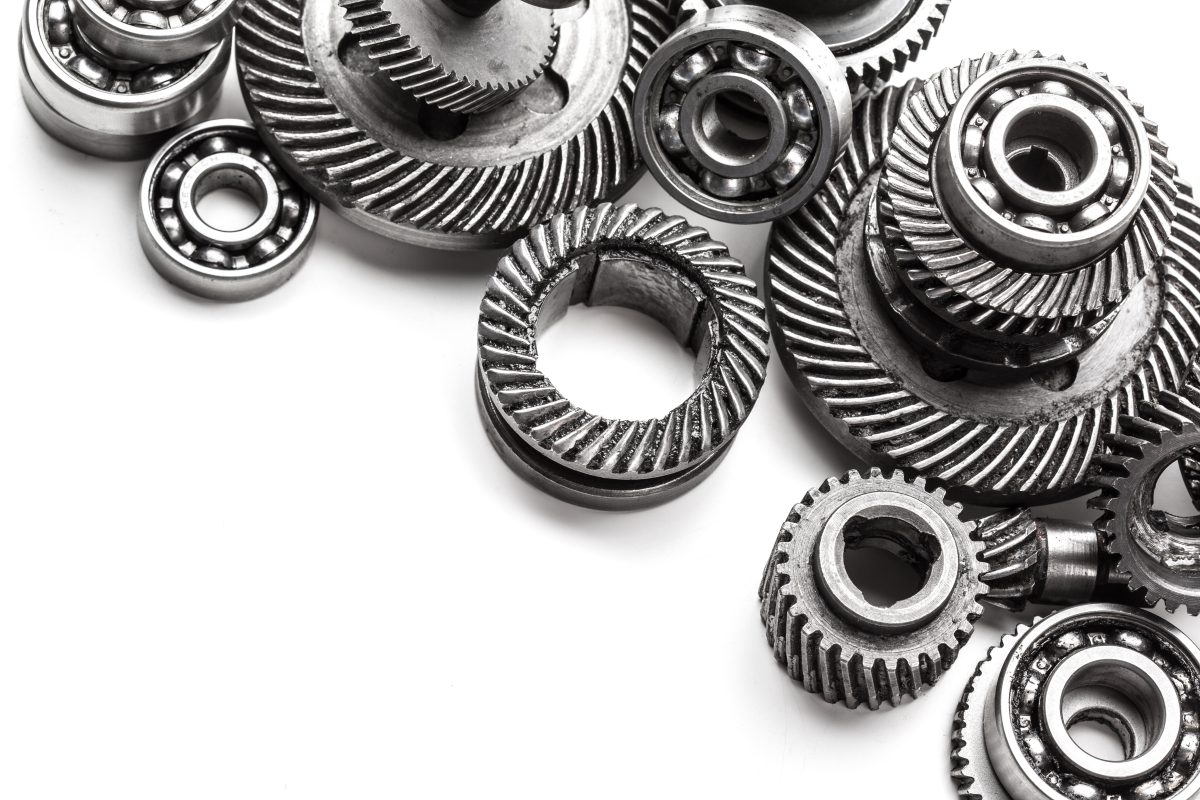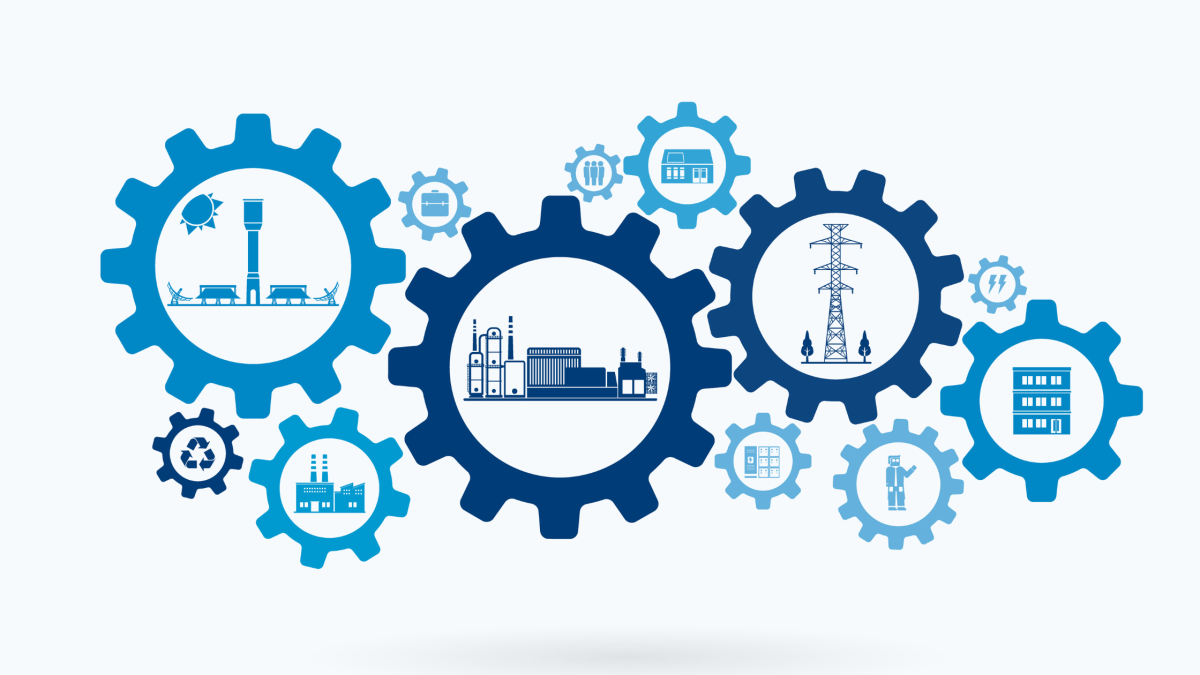What Is Roller Bearing?
Roller bearings are a type of bearing that uses rolling elements to support the loads on the shaft or journal. Roller bearings differ from other types of bearings, such as ball bearings, in several ways. One key difference is that roller bearings can handle both radial and thrust loads, while ball bearings can only handle radial loads. Additionally, roller bearings typically have a higher load capacity than ball bearings. Another key difference is that roller bearing have a higher friction coefficient than ball bearings, meaning they are not as efficient in terms of energy usage. Finally, roller bearings tend to be more expensive than ball bearings.How Roller Bearing is different from cylindrical roller bearing?
Roller bearings are one type of bearing that uses rolling elements to support loads. These rolling elements, called rollers, can be cylindrical, needle-shaped, or spherical. Roller bearings can support heavy radial loads and moderate thrust loads in either direction. Cylindrical roller bearings are a subset of roller bearings that have cylindrical-shaped rollers. These rollers are typically wider than they are long and they have a barrel-shaped profile. Cylindrical roller bearings can support heavy radial loads and high thrust loads in one direction.Based on usage
Roller bearings are classified as either radial or thrust bearings based on their intended usage. Radial roller bearings handle mainly radial loads, while thrust roller bearings handle mainly axial loads. However, both types of roller bearings can accommodate some amount of mixed loading. Cylindrical roller bearings, on the other hand, are only designed to accommodate radial loads.Based on the surface area
Roller bearings are classified as either spherical or cylindrical. The main difference between these two types of roller bearings is the surface area that comes into contact with the inner and outer rings. Spherical roller bearings have a greater surface area than cylindrical roller bearings. This gives them the ability to handle higher loads. However, this also makes them more expensive to manufacture.Based on load capacity
Roller bearings are also classified as either single-row or double-row. This designation is based on the number of rows of rollers that come into contact with the inner and outer rings. Single-row roller bearings can handle lower loads than double-row roller bearings. Double-row roller bearings are more expensive to manufacture than single-row roller bearings.Based on Reuse and Replacement
When it comes to roller bearings, there are two main types: roller bearings and cylindrical roller bearings. Both types of bearings have their own unique benefits and drawbacks that make them suitable for different applications.Key Difference Between Roller Bearing and Cylindrical Roller Bearing
Here’s a quick rundown of the key difference between roller bearing and cylindrical roller bearing that will help you understand the role of two different bearings without any doubt: Roller Bearings:- Roller bearings are typically cheaper than cylindrical roller bearings.
- Roller bearings can be reused more easily than cylindrical roller bearings.
- Roller bearings generally have a shorter lifespan than cylindrical roller bearings.
- Roller bearings have greater stability and rigidity.
- Cylindrical roller bearings can handle higher loads than roller bearings.
- Cylindrical roller bearings are less likely to suffer from misalignment issues than roller bearings.
- Cylindrical roller bearings typically have a longer lifespan than roller bearings.











